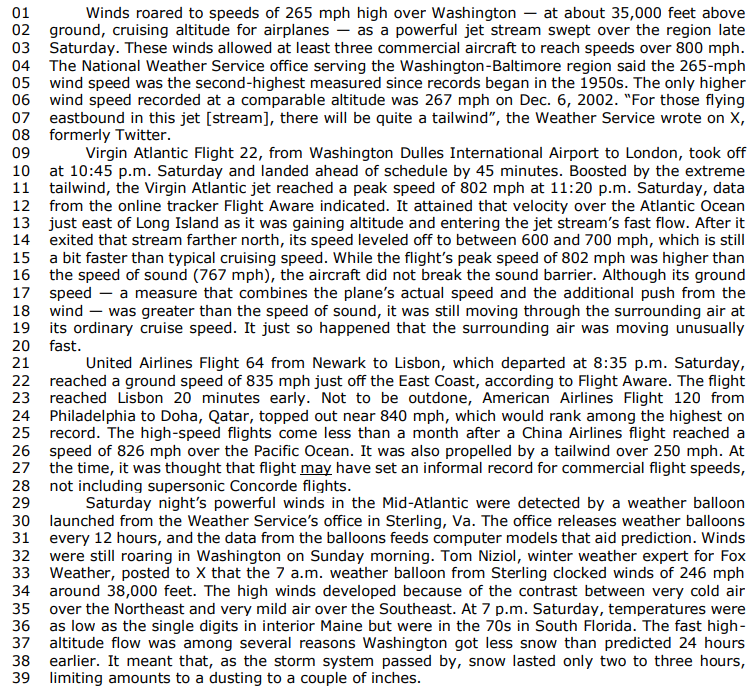TEXTO ASSOCIADO
Bob Dylan and the “Hot Hand”
For decades, there’s been a running academic
debate about the question of “the hot hand”—
the notion, in basketball, say, that a player has
a statistically better chance of scoring from
downtown if he’s been shooting that night
with unusual accuracy. Put it this way: Stephen
Curry, the point guard genius for the Golden
State Warriors, who normally hits forty-four
per cent of his threes, will raise his odds to
fifty per cent or better if he’s already on a tear.
He’s got a “hot hand.” If you watch enough
N.B.A. ball, it appears to happen all the time.
But does it? Thirty years ago, Thomas Gilovich,
Amos Tversky, and Robert Vallone seemed to
squelch the hot-hand theory with a stats-laden
paper in the journal Cognitive Psychology,
but, just last year, along came Joshua Miller
and Adam Sanjurjo, marshalling no less
evidence, to insist that an “atypical clustering
of successes” in three-point shooting was not
a “wide spread cognitive illusion” at all, but
rather that it “occurs regularly.”
Steph Curry fans, who have been loyal
witnesses to his improbable streaks from
beyond the arc, surely agree with Professors Miller and Sanjurjo. But let’s assume that the
debate, in basketball or at the blackjack table,
remains open. What’s clear is that when it
comes to the life of the imagination, the hot
hand is a matter of historical fact. Novelists,
composers, painters, and poets are apt to
experience stretches of intense creativity that
might derive from any number of factors —
surrounding historical events, artistic rivalries,
or, most mysteriously, inspiration — but the
streak is undeniably there.
For Dylan, the greatest and most abundant
songwriter who has ever lived, the most
intense period of wild inspiration and creativity
ran from the beginning of 1965 to the summer
of 1966.
Before that fifteen-month period, Bob
Dylan, who was twenty-three, had already
transformed folk music, building on Woody
Guthrie and Hank Williams. Now he was
scribbling lyrics on pads and envelopes all night
and listening to the Stones and the Beatles
and feverishly reading the Surrealists and the
Beats. In short order, he recorded the music for
“Bringing It All Back Home” (the crossover to
rock that ranges from “Mr. Tambourine Man”
to “Subterranean Homesick Blues”); “Highway
61 Revisited” (the best rock album ever made;
again, send your rebuttal to ); and “Blonde
on Blonde” (a double album recorded in New
York and Nashville that includes “Visions of
Johanna” and “Just Like a Woman”).
Full text available on https://www.newyorker.
com/culture/cultural-comment/bob-dylanand-the-hot-hand

